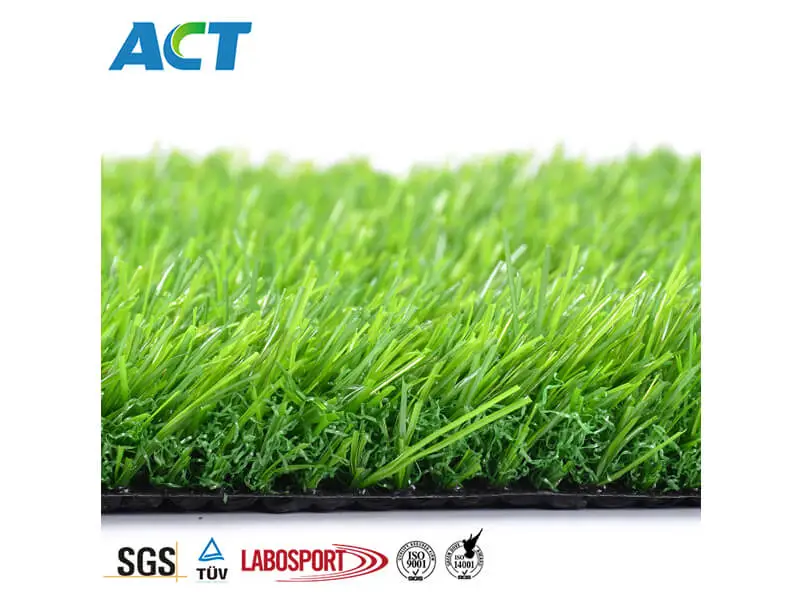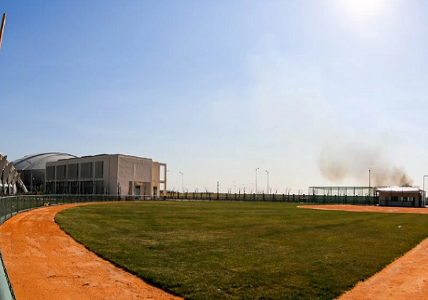
In recent years, the popularity of artificial baseball fields has been on the rise. These synthetic turfs provide a durable and low-maintenance playing surface for athletes, but what are the environmental implications of using artificial turf instead of natural grass? Let's delve into the topic to understand the impact of artificial baseball fields on the environment.
One of the most pressing concerns surrounding artificial baseball fields is the use of non-biodegradable materials in their construction. Traditional artificial turf is made from plastic materials like polyethylene and polypropylene, which can take hundreds of years to decompose. When these fields reach the end of their useful life, they often end up in landfills, contributing to plastic pollution. Furthermore, the production of synthetic turf involves the use of chemicals and resources, which can have a negative impact on the environment.
Proponents of artificial baseball fields argue that they are more sustainable than natural grass fields due to their lower water and maintenance requirements. Natural grass fields need constant watering, mowing, fertilizing, and pest control, all of which consume resources and can contribute to water pollution. In contrast, artificial turf requires minimal water and upkeep, reducing the environmental footprint associated with field maintenance. Additionally, synthetic turf can withstand heavy use without becoming damaged, prolonging its lifespan and reducing the need for frequent replacements.
As the demand for sports facilities continues to grow, finding a balance between athletic performance and environmental conservation becomes increasingly important. Innovations in the field of synthetic turf are paving the way for more sustainable options that minimize environmental impact. New materials and manufacturing processes are being developed to create artificial turfs that are biodegradable or made from recycled materials. Additionally, emerging technologies such as solar-powered lighting and rainwater harvesting systems are being incorporated into sports facilities to reduce energy consumption and water waste.
While artificial baseball fields offer numerous benefits in terms of durability and cost-effectiveness, their environmental impact cannot be overlooked. As we strive to create more sustainable and eco-friendly sports facilities, it is essential to consider the long-term effects of our choices on the planet. By investing in innovative technologies and materials, we can create artificial baseball fields that provide high-quality playing surfaces while minimizing harm to the environment. Together, we can strike a balance between athletic performance and environmental conservation for the benefit of present and future generations.






